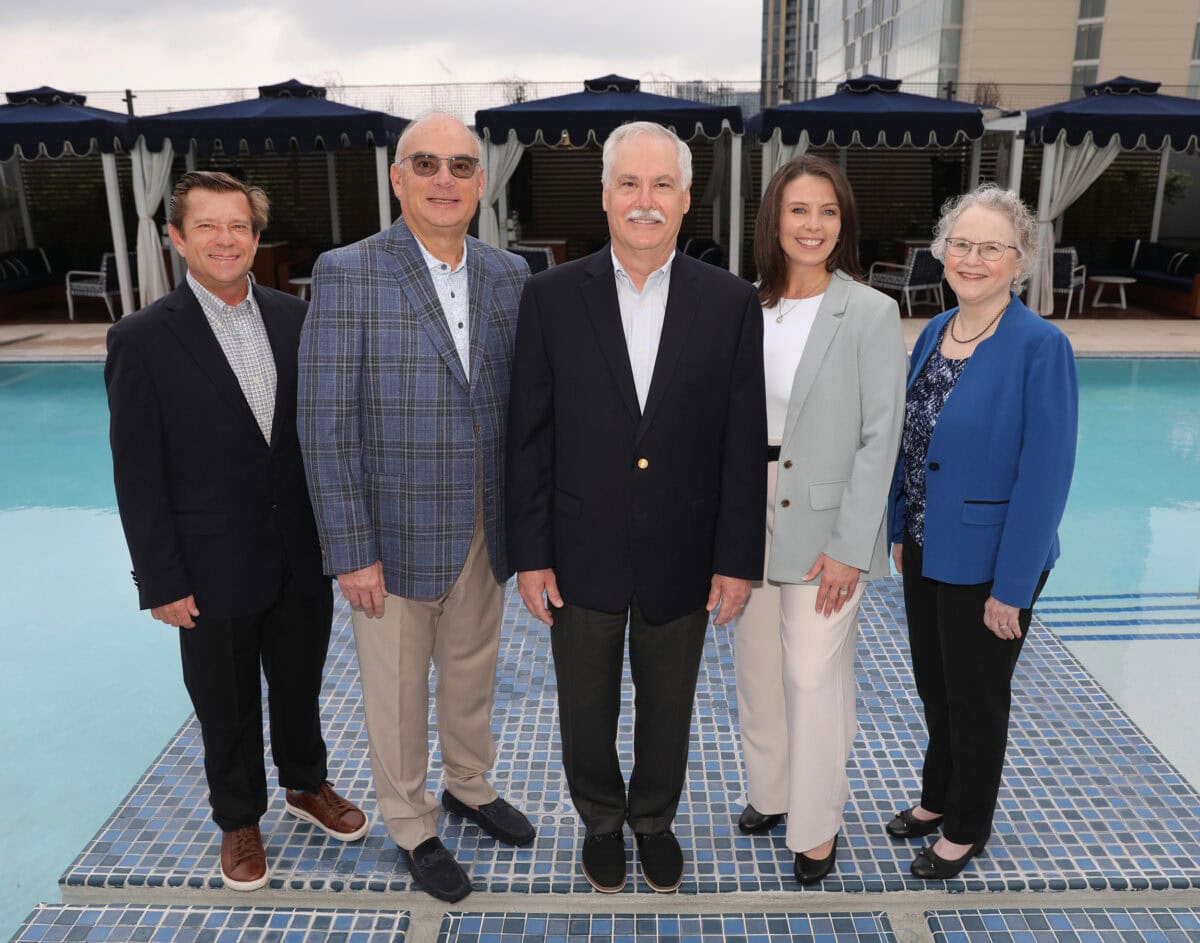
The “liability limit” field in GSA Standard Form 24
If you have been paying attention to the discussions in the General Forum on SuretyConnect lately, you may have seen a discussion about a fill-in field within General Services Administration (GSA) Standard Form 24 (SF 24), Bid Bond. The original question centered on the proper information to be placed in the field “liability limit” in SF 24. The post solicited a number of responses from surety professionals. Some suggested placing the dollar underwriting limitation of the surety company listed in Circular 570 in the field; some stated they inserted the percentage “100%”; and some stated they left the field blank.
Unfortunately, Standard Form 24 provides little direct guidance, as the instructions to the form do not squarely address that particular field. Contacting U.S. General Services Administration (GSA), the government agency that maintains the federal form library, about the field proved fruitless. There also appears to be a scarcity of written guidance about that particular field in industry literature. However, SF 24 does state the following beneath the area for the amount of the penal sum:
“We, the Principal and Surety(ies) are firmly bound to the United States of America (hereinafter call the Government) in the above penal sum. For payment of the penal sum, we bind ourselves, our heirs, executors, administrators, and successors, jointly and severally. However, where the sureties are corporations acting as co-sureties, we, the Sureties, bind ourselves in such sum “jointly and severally” as well as “severally” only for the purpose of allowing a joint action or actions against any or all of us. For all other purposes, each Surety binds itself, jointly and severally with the Principal, for the payment of the sum shown opposite the name of the Surety. If no limit of liability is indicated, the limit or liability is the full amount of the penal sum.”
Such language suggests that the “liability limit” field is intended to be just what the title of the field suggests—a field for insertion of the total amount of the surety’s liability under that particular bond. The “liability limit” field does not appear to be a field for insertion of the surety company’s underwriting limitation on federal contracts as indicated in Circular 570. The instructions to SF24 state:
“4. (a) Corporation executing the bond as sureties must appear on the Department of the Treasury’s list of approved sureties and must act within the limitation listed therein.”
The phrase “limitation listed therein” refers to the underwriting limitation stated in Circular 570, not to the field labeled “liability limit” in SF24. The Financial Management Service of the U.S. Department of the Treasury characterizes the underwriting limitation of approved surety companies on its web site in the following words:
“Please note that the underwriting limitation published [in Circular 570] is on a per bond basis but this does not limit the amount of a bond that a company can write. Companies are allowed to write bonds with a penal sum over their underwriting limitation as long as they protect the excess amount with reinsurance, coinsurance or other methods as specified at 31 CFR 223.10-11.”
As indicated in this notice, there may be circumstances where the surety writes a bond with a penal sum exceeding its underwriting limitation, so the underwriting limitation should not necessarily be viewed as analogous to the “cap amount” of the surety’s liability in all instances.
SF 24 does contain language addressing the import of leaving the “liability limit” field blank; when no limitation of liability is specified, the surety’s limit of liability is the full amount of the penal sum.
Are there instances where bids have been rejected because of information inserted in the “liability limit” field? The short answer is yes. Some federal bid protest decisions, such as decisions of the U.S. Government Accountability Office (GAO), which exercises jurisdiction over challenges to awards or proposed awards of federal construction contracts and other contracts for goods and services, have involved evaluation of the “liability limit” field.
Notably, in Armstrong Elevator Company, B-292864.2, April 13, 2004, a federal contracting agency’s rejection of a bid was ruled proper where the bid included a bid bond that stated the correct penal sum amount, a guarantee percentage of 20% of the bid price (equivalent to $350,000.00), but stated an amount for the surety’s liability limit significantly less than the amount of the penal sum. The protester, whose bid was rejected, argued that the smaller amount of the liability limit ($44,425.00) was a typographical error that should have been waived by the agency as a minor informality. Citing the legal test that the government must be able to enforce the bond against the surety in case the bidder fails to enter into the construction contract and furnish final bonds, the GAO rejected that argument, stating that the inconsistency between the penal sum amount and the liability limit amount made the enforceable amount of the bid bond, at best, ambiguous.
Further, the GAO found that the waiver provisions of Federal Acquisition Regulation (FAR) § 28.101-4(c) were not applicable. FAR § 28.101-4(c) sets forth the circumstances in which a waiver of noncompliance of a requirement for a bid guarantee is acceptable. 28.101-4 states the following:
“28.101-4 Noncompliance with bid guarantee requirements.
(a) In sealed bidding, noncompliance with a solicitation requirement for a bid guarantee requires rejection of the bid, except in the situations described in paragraph (c) of this subsection when the noncompliance shall be waived.
(b) In negotiation, noncompliance with a solicitation requirement for a bid guarantee requires rejection of an initial proposal as unacceptable, if a determination is made to award the contract based on initial proposals without discussion, except in the situations described in paragraph (c) of this subsection when noncompliance shall be waived. (See 15.306(a)(2) for conditions regarding making awards based on initial proposals.) If the conditions for awarding based on initial proposals are not met, deficiencies in bid guarantees submitted by offerors determined to be in the competitive range shall be addressed during discussions and the offeror shall be given an opportunity to correct the deficiency.
(c) Noncompliance with a solicitation requirement for a bid guarantee shall be waived in the following circumstances unless the contracting officer determines in writing that acceptance of the bid would be detrimental to the Government’s interest when—
(1) Only one offer is received. In this case, the contracting officer may require the furnishing of the bid guarantee before award;
(2) The amount of the bid guarantee submitted is less than required, but is equal to or greater than the difference between the offer price and the next higher acceptable offer;
(3) The amount of the bid guarantee submitted, although less than that required by the solicitation for the maximum quantity offered, is sufficient for a quantity for which the offeror is otherwise eligible for award. Any award to the offeror shall not exceed the quantity covered by the bid guarantee;
(4) The bid guarantee is received late, and late receipt is waived under 14.304;
(5) A bid guarantee becomes inadequate as a result of the correction of a mistake under 14.407 (but only if the bidder will increase the bid guarantee to the level required for the corrected bid);
(6) A telegraphic offer modification is received without corresponding modification of the bid guarantee, if the modification expressly refers to the previous offer and the offeror corrects any deficiency in bid guarantee;
(7) An otherwise acceptable bid bond was submitted with a signed offer, but the bid bond was not signed by the offeror;
(8) An otherwise acceptable bid bond is erroneously dated or bears no date at all; or
(9) A bid bond does not list the United States as obligee, but correctly identifies the offeror, the solicitation number, and the name and location of the project involved, so long as it is acceptable in all other respects.”
The GAO noted that the protester’s later submission of a corrected bid bond raising the surety’s liability limit did not alter the fact that the bid was nonresponsive. The contracting officer must be able to determine whether a specific bid is responsive based solely on the bid documents before the contracting officer at the time of bid opening. Consequently, a later offer to correct the liability limit cannot cure the bid defect. The fact that the government would have saved costs through acceptance of the defective bid also cannot be persuasive, since the public interest in maintaining the integrity of the sealed bidding system outweighs any monetary advantage that the government would have gained in a particular case by violation of its procedures, observed the GAO.
In a footnote to its decision, the GAO observed: “[Protester] notes that the total underwriting limitation of its surety is $21,859,000, as shown in the publically available Department of the Treasury’s Listing of Approved Sureties (Department Circular 570). The protester contends that the total underwriting sum of its surety should take precedence over the amount that the surety listed as its liability limitation for this bid. However, whatever the total underwriting limitation of [protester’s] surety, the bid bond that was submitted with [protester’s] bid and which referenced the specific solicitation here specified that the maximum liability of the surety under this solicitation was only $44,425; while the surety could have accepted a higher potential liability with respect to this particular solicitation, the bid bond submitted with [protester’s] timely bid indicated that it did not.”
Lesson learned: Assuming the bid bond is responsive to the bid solicitation in all other respects, e.g., lists proper amount of bid guarantee, leaving the “liability limit” field blank will not render the bid guarantee defective; however, insertion of information in the “liability limit” field that casts doubt on the enforceable amount of the bid bond may lead to a defective bid guarantee and a nonresponsive bid.
And, never forget the tried and true maxim that, when in doubt about the sufficiency of your bid guarantee, seek the advice of knowledgeable legal counsel.
Get Important Surety Industry News & Info
Keep up with the latest industry news and NASBP programs, events, and activities by subscribing to NASBP Smartbrief.




